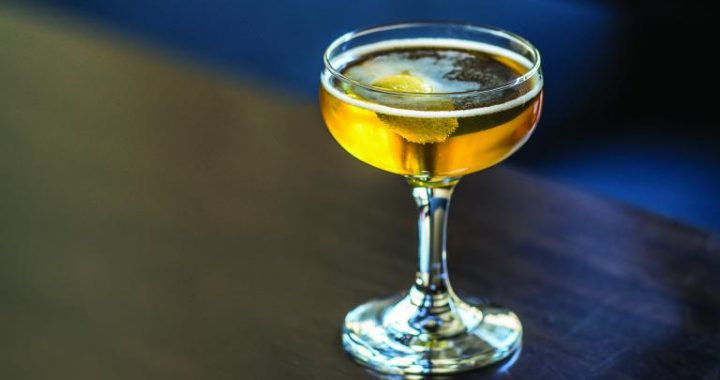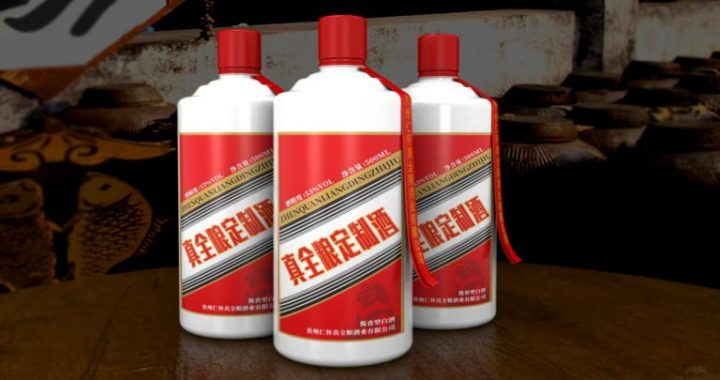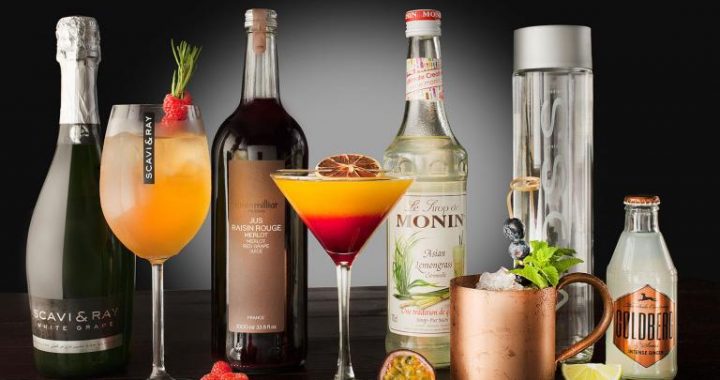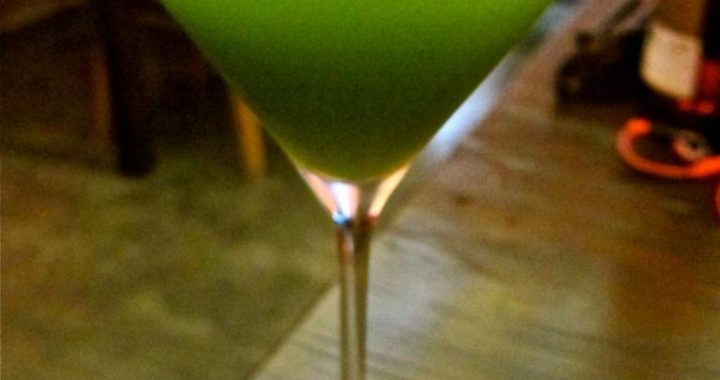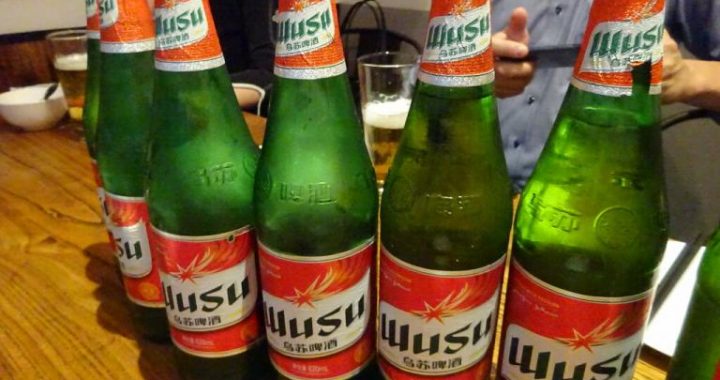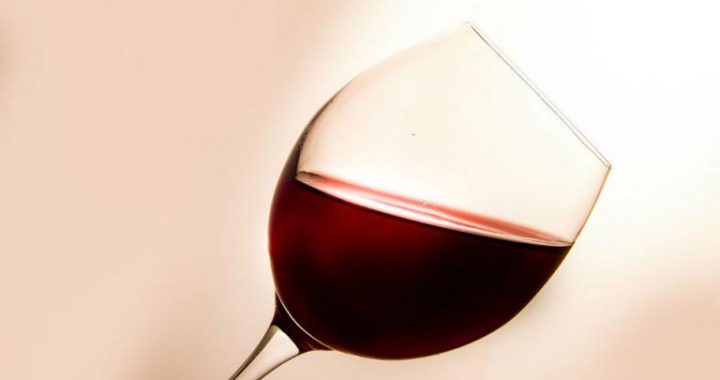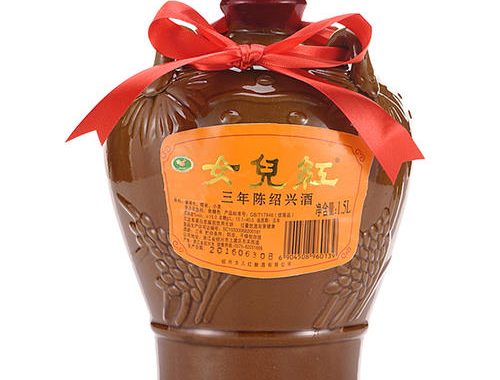The Oriental Charms of Wine Bars
4 min readBars, though an exotic civilization, have taken on a brand-new appearance in China which boasts a long history of liquor culture. Today, it has become an indispensable part of life for the fashion people to hang out in bars. The alienated term”hanging out”implies kind of leisure and comfort,a sense of satisfaction, some languid and even an element of degeneration.
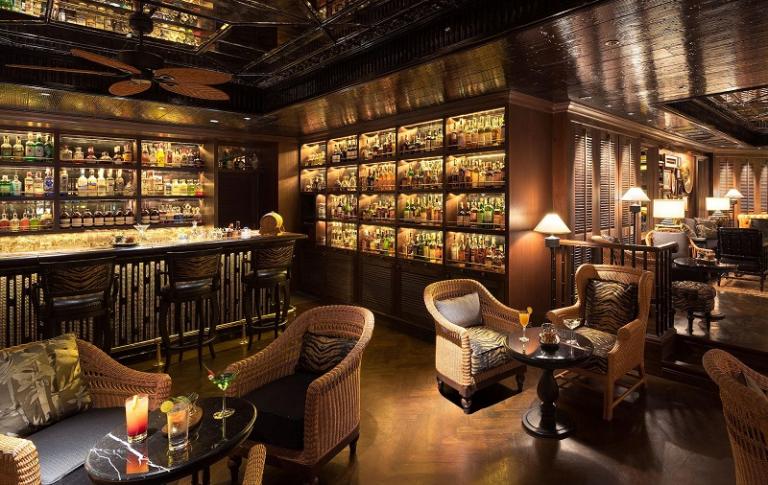
There are more bars in Beijing than in any other city in China. The various kinds of bars in Beijing, ranging from 20to 600 square meters in size, vary equally dramatically in theme and flavor. When night falls, the city’s white collar employees, intellectuals, professionals, artists, music lovers, college students and other people with leisure time would habitually swarm in these bars. They may dance to their hearts’ content in groups to the beat of rock & roll music, or chat softly in twos and threes over cups of wine.A sub-cultural zone, with the young social elites as its core, has thus taken shape and evolved in the bars.
In the 1990s, two young students who returned home from Japan after accomplishing their studies there set up Beijing’s first bar in the foreigner-populated embassy district. At that time, bars were frequented only by foreigners, foreign students studying in China and a few people from the intellectual circles. However, bars have been quickly accepted by the Chinese people and integrated into the modern urban civilization of China.

And the bar groups springing up around the embassy district have quickly snowballed into the well-knownSanlitun Bar Street. Today, while Sanlitun remains the most important place for night life in Beijing, more bars with more distinctive flavors have been mushrooming in every corner of the capital city.
The bars in Shichahai neighborhood have combined fashion with tradition: the mottled-bricked quadrangles blend in perfectly with the colorful cocktails. With the swaying lotus-shaped boats, the lamplight, the music, the drinkers will indulge themselves in the atmosphere even if the wine is not so intoxicating. The bar area in the vicinity of the Workers’ Gymnasium is vibrant with of vitality and energy; the bar area round the Chaoyang Park is rational and quiet; the bar area close to the Factory 798is a gathering place for a large circle of pioneer artists; facing the water, Yuandadu bar street is so quiet and peaceful as to remind us of the public houses far back in the Yuan Dynasty 800 years ago.
When bars first entered China, they were not only fashionable gathering places for the elite, but they also took on”native”features and thus became colorful as well. At present, most popular bars have distinctive themes. Among the theme bars, music bars account for the majority. There are a large number of talented singers in rock & roll bars, jazz bars, folk music bars. Besidesthese music bars, there are also other bars which have taken film, drawing, sculpture, collection, and cosplay, military issues, Chinese kung fu, and behavior art as their themes. Frequently visited by fashion people with thesame interests, these bars have been stamped with the brands of fashionable Chinese culture.
The Maoming Road in Shanghai, Yanjiang Road in Guangzhou, Defu Lane in Xi’ an, Nanshan Road in Hangzhou, West Jiefang Road in Changsha, Shiquan Street in Suzhou, Sanjing Street in Shenyang, and Nanjing 1912 in Nanjing are all popular havens of bar culture. In such tourist destinations as Tibet, Yunnan and Guangxi, bar culture intermingles harmoniously with local ethnic cultural heritage, an example of miraculous combination of Western and Oriental cultures and customs.

Wine and liquor are of course the everlasting themes in all the bars. Among all the alcoholic drinks, beer topsthe list of consumption volume in bars. In today’s China, the main social force mainly represented by the 70s borns prefers beer to spirit. China has now become the secondlargest beer producer in the world, with many different brand names flourishing in different places: in the north, we have”Harbin,”in the south, we have the “Pearl River,”in the northwest, we have the “Yellow River,”and in the southwest, we have “Chongqing.”The traditional “Tsingtao Beer,”with a history of more than 100 years, is deemed as the annals of the Chinese beer industry. And “Yanjing,”as a new star, is the most popular beer in Beijing.
People from Beijing would like to call the common Yanjing beer as”Pujing”(Putin) for short. Thus the name of our neighboring country’s president can be heard frequently in restaurants.
Apart from the refreshing beer, exquisite cocktail, strong vodka, soft rum, and mellow whisky, red wine is also a most favored item for many wine lovers. Thehistory of the Chinese red wine brewage can be dated back to the Western Han Dynasty (206 BC-AD 25) and the ancient Chinese red wine brewage reached its prime in the Tang Dynasty(618-907).”Fine grape wine in the evening-radiant cup,”a famous line from Wang Han’s poetic works, can serve as a proof for the development of China’s wine industry achieved in ancient China. In the Ming Dynasty(1368-1644), Li Shizhen also mentioned some methods of wine making and the medicinal values of red wine several times in his Compendium of Materia Medica. Today, the Chinese wine industry is developing quickly. Such brand names as Zhangyu, Great Wall, andDynasty etc., have become renowned names throughout the world. Breweries such as “Tonghua”in Jilin Province and”Mogao”in Gansu Province are producing icewine of superb quality which is generally regarded as typical luxury wine.
For people of present China, liquor or wine drinkingserves not only as a trendy consumption, but also as a delight of life and a way of communication. It is something time-honored and trendy, traditional and open, and intimate and colorful.

